The use of glucagon-like peptide 1 receptor agonists and related combination medications (referred to as GLP-1 medications) has surged in recent years as a powerful tool for obesity treatment. These medications, such as semaglutide and tirzepatide, have demonstrated remarkable results in clinical trials, often leading to astounding levels of weight loss, making them very appealing to consumers and healthcare providers alike. However, while the weight-related outcomes are promising, it is important to understand that the use of GLP-1 medications is not without significant nutritional challenges and side effects. As a result, registered dietitian nutritionists (RDNs) play a pivotal role in helping patients achieve safe, effective and sustainable outcomes with GLP-1 medications.
Common GLP-1 Medication Side Effects and Their Nutrition Implications
Patients taking GLP-1 medications commonly experience gastrointestinal (GI) side effects, with nausea, vomiting, constipation, and diarrhea noted as predominating issues. Side effects typically occur during the first few weeks of starting therapy and may worsen as the patient’s dose is increased. These side effects are consistent with the mechanism of action for GLP-1 medications, including delayed gastric emptying, resulting in bloating, fullness, and nausea. They also act on regions of the brain that impact appetite and nausea. In addition, GLP-1 medications can affect intestinal motility and secretions, which may explain why diarrhea can be common. It is important to consider the nutrition-related consequences of these GI side effects and how they can potentially lead to a decline in a patient’s overall nutritional status.
Another critical consideration is the effect of GLP-1 medication therapy on appetite and caloric intake. Studies have documented significant reductions in food intake, which contribute to the substantial weight loss that patients often experience. Unfortunately, it may not be possible to meet vitamin and mineral needs when caloric intake is so low, thus increasing risk for nutrient deficiencies such as protein, vitamin D, calcium, vitamin B12 and iron. Additionally, the aforementioned GI side effects can further impair nutrient absorption and potentially exacerbate deficiency risk.
The rapid weight loss associated with GLP-1 medication use also leads to loss of both fat mass and muscle mass. Because fat loss cannot be selectively targeted, the concurrent loss of lean body mass and muscle mass is an undesirable consequence of GLP-1 medication use. Appetite suppression may also result in low protein intake, which compounds muscle loss and increases risk for sarcopenia. In addition, rapid, substantial weight loss is associated with significant reduction in bone density. Certainly, body composition changes resulting from GLP-1 medication use can have a lasting impact on nutritional status.
Key Nutrition Interventions to Support GLP-1 Medication Weight Loss Therapy
Current guidelines from major organizations, including the American Heart Association, the American College of Cardiology, The Obesity Society, and the United States Preventive Services Task Force, stress the importance of multicomponent lifestyle interventions for adults with obesity. Such interventions should address nutrition, physical activity, self-monitoring, identifying barriers to success, problem solving, social support, and preventing relapse. In reality, however, the incorporation of lifestyle modification strategies to support patients prescribed GLP-1 medications is limited.
A recently published Joint Advisory by Mozaffarian et al., delineates practical strategies that can be used to enhance potential benefits and minimize common risks associated with GLP-1 use:
- Utilize a patient-centered, holistic approach when initiating GLP-1 therapy, considering the patient’s overall health and well-being.
- Conduct a thorough baseline nutritional assessment, including current dietary habits, weight history, and detailed medical history.
- Proactively plan for the management of GI side effects and review nutritional approaches to combat concerns.
- Inform patients about potential changes in food preferences, appetite, cravings, hunger, and fullness.
- Review the importance of choosing nutrient-dense, minimally processed foods to maximize micronutrient intake and consider the use of vitamin/mineral supplements when indicated.
- Stress the role of protein intake in conjunction with structured resistance training as a means of preserving muscle and bone mass.
- Incorporate additional lifestyle interventions that focus on promoting healthy sleep, managing stress, minimizing use of harmful substances, and enhancing social support.
Clearly, successful implementation of the above-mentioned strategies requires a team-based approach. Primary care providers should collaborate with RDNs, exercise physiologists, health coaches, behavioral health practitioners, and other experts as needed to properly support patients taking GLP-1 medications.
Call to Action
As nutrition experts, RDNs are uniquely positioned to help patients navigate the complex nutritional challenges that come with GLP-1 therapy. From managing side effects to preventing nutrient deficiencies and preserving muscle mass, many of the priorities outlined in the Joint Advisory fall within the Scope of Practice of RDNs. It is evident that RDNs have the expertise to guide patients who may be facing the diverse challenges associated with the use of GLP-1 medications. Now is the time to lead: stay informed about GLP-1 mechanisms, assess and monitor nutritional status proactively, and collaborate closely with healthcare teams. The RDN’s expertise is essential to ensuring that patients not only lose weight—but do so safely, sustainably, and with long-term health in mind.
Interested in a holistic, evidence-based approach to the compassionate treatment of overweight and obesity in adults? Explore our Guide for the Interprofessional Treatment of Overweight and Obesity Course—designed to equip healthcare professionals with practical strategies for patient-centered care. Plus, subscribe to our newsletter to get the latest updates on our new upcoming course on nutritional priorities to support patients using GLP-1s!
Reference
Mozaffarian D, Agarwal M, Aggarwal M, et al. Nutritional priorities to support GLP-1 therapy for obesity: A joint advisory from the American College of Lifestyle Medicine, the American Society for Nutrition, the Obesity Medicine Association, and The Obesity Society. Obesity (Silver Spring). 2025; 1-29. doi:10.1002/oby.24336



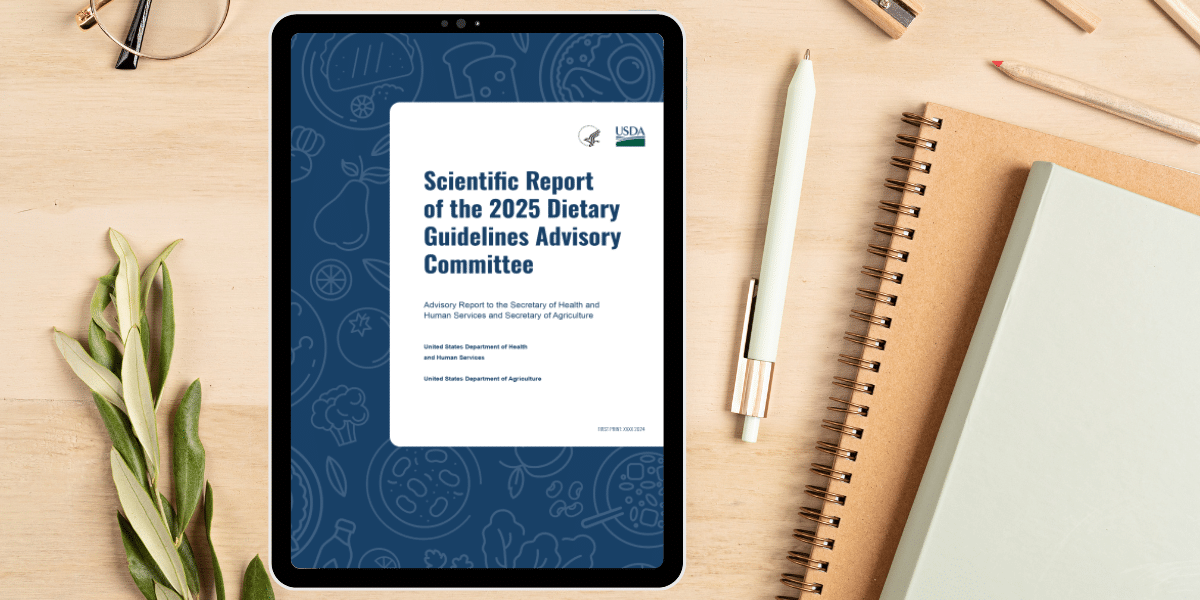
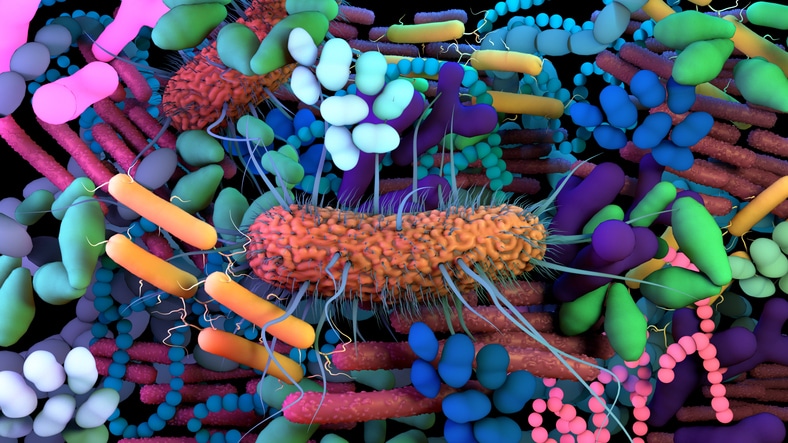


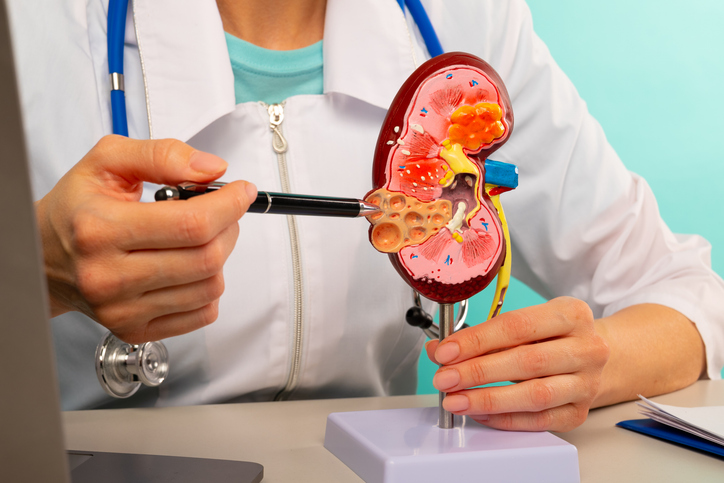
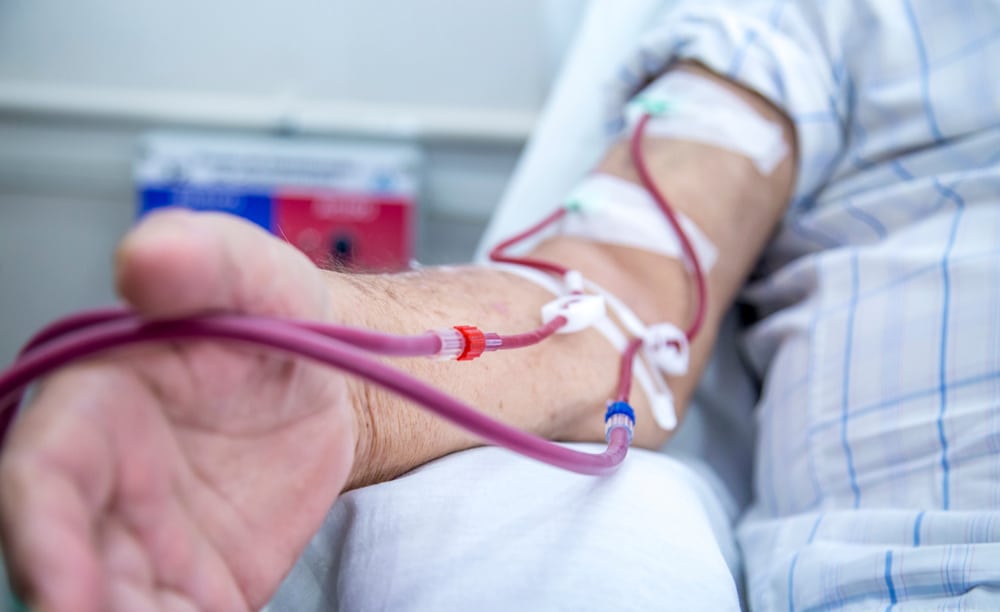


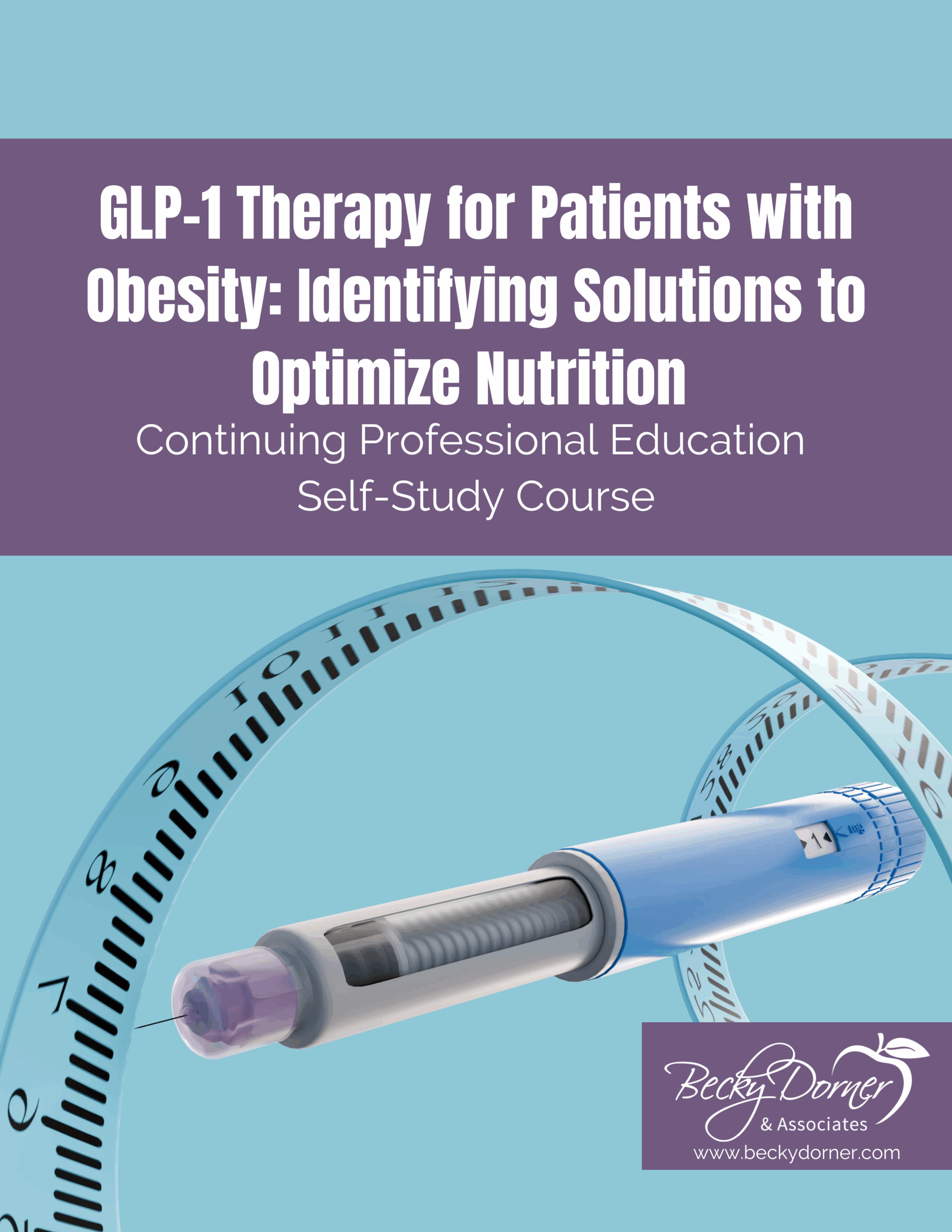


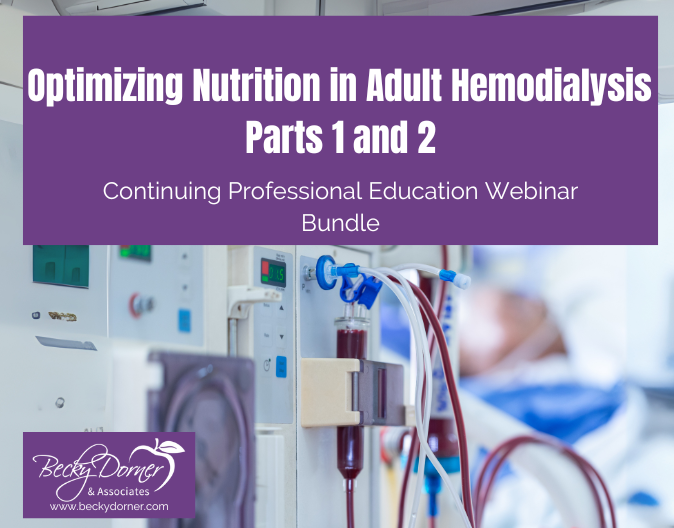



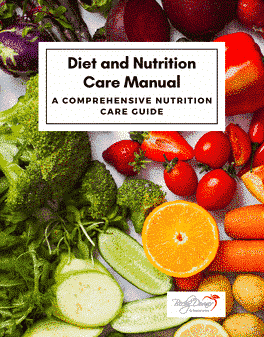



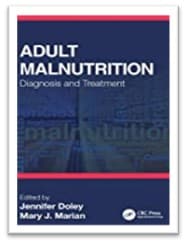


Connect With Us